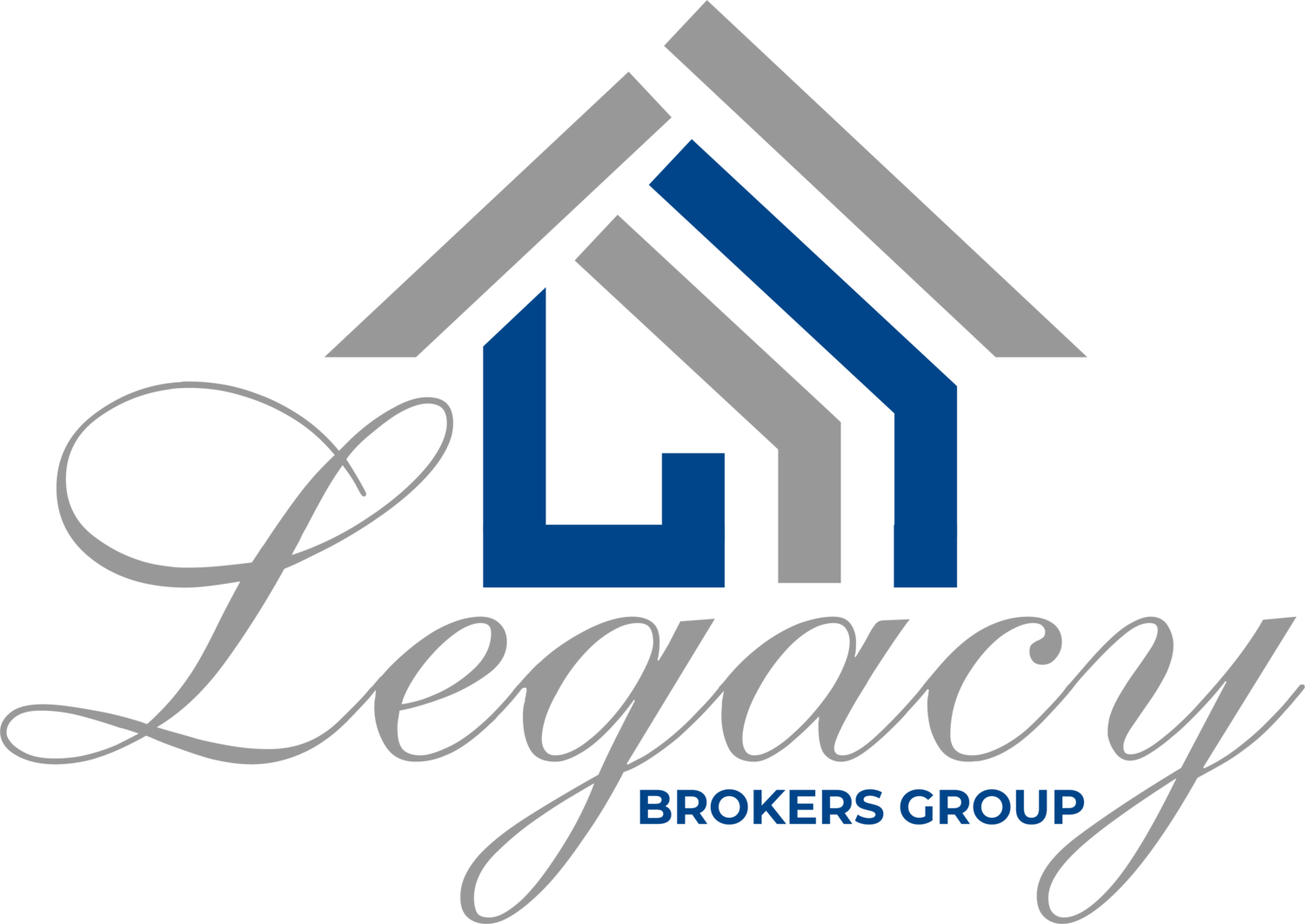The Lending Process
While finding a new home can be exciting, navigating the mortgage process can be overwhelming for some. Knowing what steps you need to take can help the process go more smoothly. Once you have an accepted offer, here’s what you need to know to make sure your mortgage application stays on track:
Submit your application
Now that you’ve found the home you want to buy and a lender to work with, the mortgage process begins. At this stage, your lender will have you fill out a full application and ask you to supply documentation relating to your income, debts and assets.
Order a home inspection
Schedule a home inspection as soon as you can. Doing so will give you adequate time before your closing date to negotiate with the seller if the inspection reveals any unforeseen issues.
Why do I need a home inspection?
A home inspection is an added expense that some first-time homebuyers don’t expect and might feel safe declining, but professional inspectors often notice things most of us don’t. This step is especially important if you’re buying an existing home as opposed to a newly constructed home, which might come with a builder’s warranty. If the home needs big repairs you can’t see, an inspection helps you negotiate with the current homeowner to have the issues fixed before closing or adjust the price accordingly so you have extra funds to address the repairs once you own the home.
During the inspection, be sure to ask questions and bring a checklist of things you want information on. Note that a comprehensive inspection should not only bring defects and problem areas to your attention, it should also highlight the positive aspects of a home as well. When you receive the final report, prioritize the issues and decide whether you want to negotiate those items with the sellers. Remember: Every deal is different and negotiable.
Be responsive to your lender
If you applied and qualify for a mortgage, you’ll receive conditional approval. At this stage, your lender may require additional documentation. Make sure to respond promptly to keep your application moving forward.
Purchase homeowner’s insurance
Your lender will require proof of insurance before the loan can receive final approval.
5 things to know about homeowner’s insurance
Know about exclusions to coverage: For example, most insurance policies do not cover flood or earthquake damage as a standard item. These types of coverage must be bought separately.
Know about dollar limitations on claims: Even if you’re covered for a risk, there may be a limit to how much the insurer will pay. For example, many policies limit the amount paid for stolen jewelry unless items are insured separately.
Know the replacement cost: If your home is destroyed, you’ll receive money to replace it only to the maximum of your coverage, so be sure your insurance is sufficient. This means that if your home is insured for $150,000 and it costs $180,000 to replace it, you’ll only receive $150,000.
Know the actual cash value: If you choose not to replace your home when it’s destroyed, you’ll receive the replacement cost, less depreciation. This is called actual cash value.
Know the liability: Your homeowner’s insurance will generally cover you for accidents that happen to other people on your property, including medical care, court costs and awards by the court. However, there’s usually an upper limit to the amount of coverage provided – be sure your coverage is sufficient if you have significant assets.
Let the process play out
Know what’s happening behind the scenes: Your lender will order a home appraisal to ensure that the value of the home you’re buying is in line with the purchase price. The appraiser will visit the home and compare it to other recently sold homes in a similar price range. Your lender will also order a title search to make sure there are no outstanding liens on the property.
Avoid taking on new debt
While your loan is in process, avoid opening new credit cards or making other major financial changes. New loans or other changes that affect your debt-to-income ratio could get in the way of your mortgage approval.
Lock in your rate
If you haven’t already locked in your interest rate with your lender, you’ll want to do so. Your rate must be locked in no later than 10 days prior to your closing date.
Review your documents
Once your loan is approved and your inspection, appraisal and title search are complete, your lender will set a closing date and let you know exactly how much money you’ll need to bring to your closing.
Arrange to pay your down payment and closing costs
You’ll need to get a cashier’s check or arrange to wire money to cover your down payment and closing costs.
Close on your home
At the closing, be sure to read all the documents you receive and ask any questions you may have about the terms of the agreement. Then, after you’ve signed everything, you can unlock the door and celebrate your new home!





